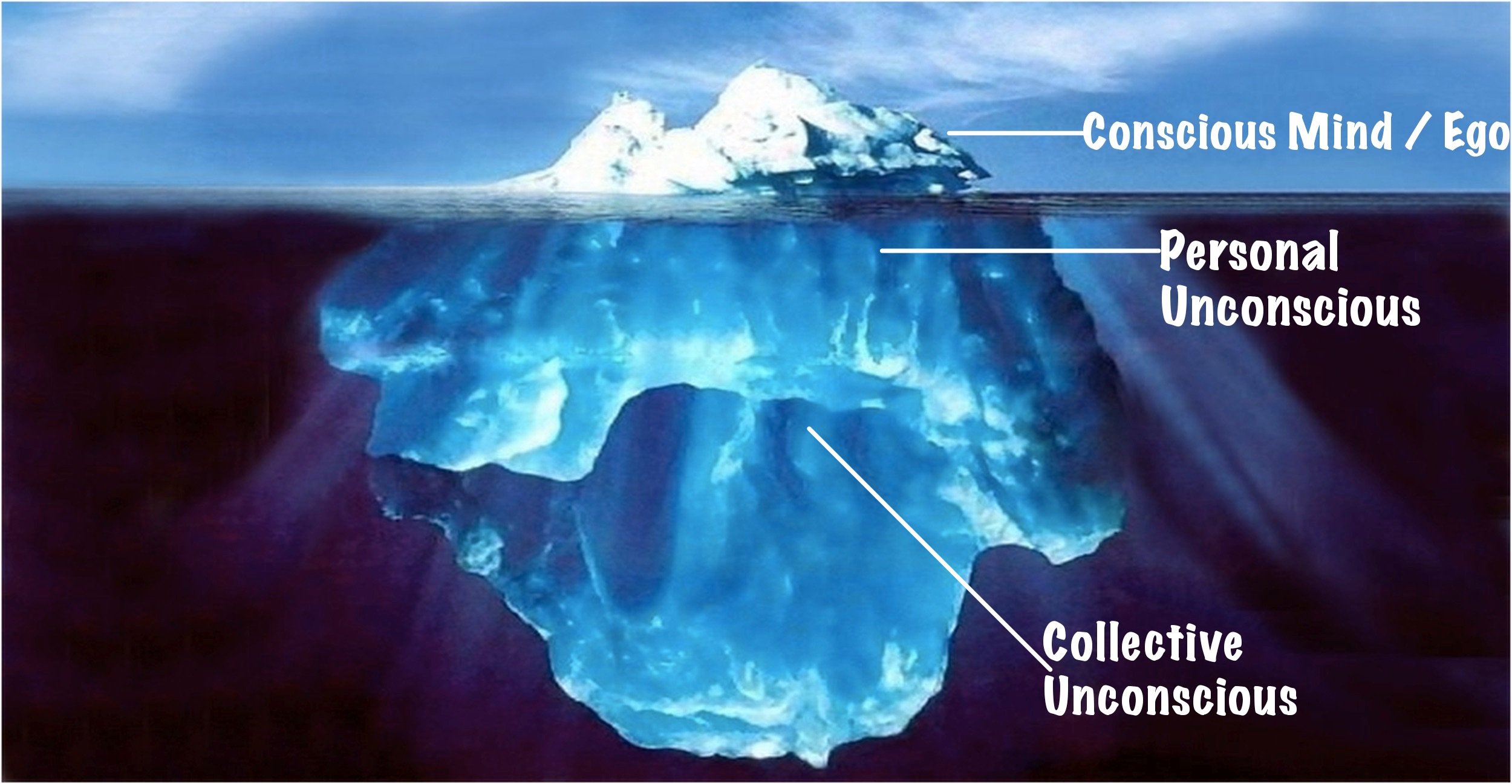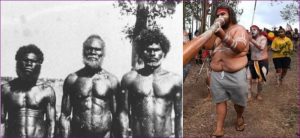
You do not belong to You – You belong to Universe
That was the statement Buckminster Fuller says was the height of his enlightenment – “In 1927 Buckminster Fuller stood on the shore of Lake Michigan contemplating suicide. He said to himself: ‘I’ve done the best I know how and it hasn’t worked.’ He was still grieving the loss of a daughter who had died five years earlier; his business had just failed. He was penniless and 32 years old. He wondered how he could support his wife and newly born baby, but, after struggling with his despair for hours in the dark and the freezing wind, he decided to live the rest of life like an experiment. He wanted to discover whether the golden rule of life was dog eat dog. He would find out by seeing what could be physically demonstrated. To free his mind of conditioned thinking and reflexes he stopped talking for a year. He is now known for many, many achievements.
Fuller said that he had experienced a profound incident which provided direction and purpose for his life. He felt as though he was suspended several feet above the ground enclosed in a white sphere of light. A voice spoke directly to Fuller, and declared:
“From now on you need never await temporal attestation to your thought. You think the truth. You do not have the right to eliminate yourself. You do not belong to you. You belong to Universe. Your significance will remain forever obscure to you, but you may assume that you are fulfilling your role if you apply yourself to converting your experiences to the highest advantage of others.”
The suggestion is that even our body is not wholly our own.
The Industrial Revolution, starting 250 years ago, accelerated cultural changes and left our bodies more out of sync with our environment. Consequently, our health suffered. Lieberman lists obesity, Type 2 diabetes, coronary heart disease, osteoporosis, hypertension and certain reproductive cancers as hypothesized noninfectious mismatch disorders, and likewise asthma, allergies, chronic insomnia, cavities, anxiety and depression, fallen arches, myopia and back pain. He later warns me “a majority of readers of the book are likely to suffer from and die from a mismatch disease.” He also counts broad-scale infectious diseases as mismatches, though they’ve been mostly tamed in developed nations. Health deteriorates when cultural evolution becomes the driver and certain adaptations, like an ingrained taste for sweets, become mismatches.
These first members of our H. sapiens clan evolved in Africa some 200,000 to 300,000 years ago from more primitive Paleolithic foragers. Their anatomies were like ours. Researchers know a fair amount about them from archaeological and skeletal remains and also from examining bands of more recent hunter-gatherers. These people were in great shape; they ran like marathoners and napped like lords. They had a nutritious, if chewy, diet. And if they were not in perfect harmony with their environment, they were well adapted to it.
Aborigines in Australia frequently become overweight and diabetic after they settle in urban areas. In the late ’70s, researcher Kerin O’Dea moved a study sample of Aborigines back to the bush for several weeks. Subsisting on lean kangaroo meat, fish and wild yams like their forbears, the Aborigines not only lost weight by foraging but also dramatically reduced their glucose levels and other metabolic signs of diabetes. Some were cured of the disease, at least temporarily. Many modern aborigines suffer enormous overweight because their diet has switch to that if white processed flour rice and sugar. The picture shows the physical condition of the race before white intervention and how many look today – similar to some Americans.
Nearsightedness is estimated to occur in just 3 percent of hunter-gatherers. “We know that in farming populations, it’s almost nonexistent, too,” Lieberman says. “I’d bet on that strongly as a mismatch.” If children are using their eyes in different ways today, we should get them outside more, he advises. What’s more, he suspects that eyeglasses are helping to keep genes for myopia prevalent in the human population. If so, that’s an example of dysevolution. See My Experience at 83
The gulf between unicellular and multicellular life seems almost unbridgeable. A single cell’s existence is simple and limited. Like hermits, microbes need only be concerned with feeding themselves; neither coordination nor cooperation with others is necessary, though some microbes occasionally join forces. A single cell, which is a seed from which all life forms evolved from, doesn’t become old or die because it is immortal, for it keeps dividing and doesn’t die. In dividing it constantly creates copies of itself, but as it does so it gathers new experience, it changes what is copied, so becomes the ‘seed’ for multi-cellular organism. We all started from the original one cell, and we, you and I, are the result of gathered experience.
No plant or creature grows from a dead seed, and each living seed carries within it all the past gathered from all its forebears. So, the seed in your mother’s womb is as old as and even older than human kind, and you carry that wisdom or memories in you. But in this life you developed a new brain, and the memories, education and programming you gathered this time are what you built your personality from, but beneath that is a very ancient self.
Finding this very ancient self, hidden as it is by all your personal thinking and opinions, you find you are free from all the painful emotions, suicidal urges and personal hurts. To explore it see Opening to Life
One day I was standing in the toilet peeing into the water. This created lots of bubbles. As I looked at these bubbles I notice each one has an eye looking at me. Fascinated I bend lower to look back at these eyes. When I do so I see they are not ‘eyes’ but ‘I’s’. Each is a tiny reflection of myself looking back at me. Amused I ponder this multitude of me. Each tiny being, with its own individual sense of self, its own eyes and legs and fingers, could feel it is separate from its fellows – and it is. But what they don’t realise is that their awareness, their consciousness is a reflection of me. I am their god. Out of me all have their being. Then suddenly I realise I am myself a bubble. I too have a sense of being independent, with my own eyes, fingers and legs. Yet in reality I am only a reflection of one great life – One Self Existent Awareness in all its diversity and multifarious forms. I felt afraid. I realised that any attempt at killing myself is foolish because as part of the great consciousness I cannot die, I would only be hurting myself.”
Einstein said that “Human beings, vegetables, or cosmic dust – we all dance to a mysterious tune, intoned in the distance by an invisible piper”.
As an even better example: In a dream my wife, Brenda, saw a baby that she knew belong to a friend, and a voice from behind her told her the child was ill. Its illness, she was given to understand, was serious, and would need to be treated with a drug taken every day of the child’s life. The reason for this illness and the drug use, she was told, was because in a past life the being now born as the baby had committed suicide using a drug.
I sent an account of the dream to the parents of the baby who lived a long way away. Living in the UK and surviving on low wages we did not have a telephone. About a week later we had a letter from them saying that the letter and dream had crystallised their already existing anxiety about the baby. It had not been feeding well and was fretful. On taking it to the doctor nothing definite could be found but special tests were made in hospital. From these it was discovered the baby was dying. It lacked an enzyme that was needed to digest calcium. To compensate it was given a drug, which it has had to take every day of its life to make up for the lacking enzyme.
If you live only on the surface you miss a huge part of your possibilities in every area of your life. But if you explore your inner life you will see for yourself that you can never be alone but belong to the hidden and wonderful you have within.

